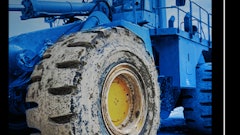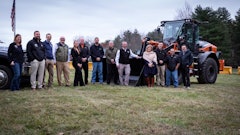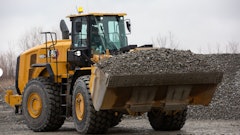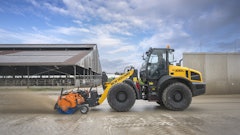
By now, you’re probably tired of hearing about the shortage of skilled equipment operators in the construction industry. You’re living it every day. So let’s talk about solutions instead.
One of the easiest ways to narrow the gap between novice operators and seasoned pros is to take advantage of machine technology. That’s particularly true when it comes to load-and-haul operations, where accuracy and speed are the keys to profitability. Onboard payload systems help loader operators get the right load onboard — the first time and every time — thanks to features like these:
Transfer-On-Weight
This function adds the weight of each bucket payload to the truck’s total payload as soon as the bucket is weighed — not after the bucket is dumped into the truck. It essentially gives operators a preview of material weight plus total truck payload. That way, they can tip off material if the load is too heavy. Transfer-On-Weight helps prevent overloads and wasted time.
Low-Lift Weighing
This tool estimates material weight at relatively low bucket heights, so operators don’t have to lift through the entire weigh range. It’s a big time-saver when exact weights aren’t required, like during hopper loading.
An added benefit of Low-Lift Weighing is the speed of truck loading. Previously, operators had to lift all the way through the weigh range to get a scaled, accurate weight. Then they could make adjustments. Now, they can use the “low-lift estimated weighing weight” in conjunction with Tip-Off to adjust the final bucket and get the exact right amount in the truck. That saves time and fuel.
Tip-Off
This feature lets operators make final-pass load adjustments quickly and easily. With Tip-Off at Pile — ideal for the last bucket load in the final pass — operators can dump some material from the bucket and view payload in real time. It eliminates the need to lower the bucket and reweigh after making the adjustment. Tip-Off at Truck works similarly and is helpful when sequential trucks use the same material or when distributing loads evenly between the axles.
If you’re struggling to find skilled operators — or just want to help your current crew get the job done more consistently and accurately — onboard weighing systems like Cat Payload are worth the investment. They boost operator confidence, speed up loading cycles and help eliminate under- and overloads, so you can move more material and generate more revenue.
Here’s an easy way to quantify the benefits for your operation: Plug your data into the Payload Calculator for a real look at your potential yearly savings, thanks to more precise measurements.




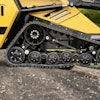
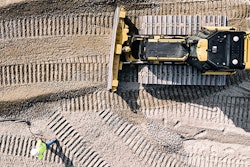
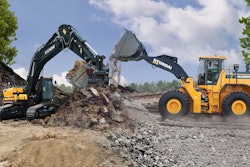


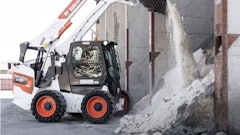



![Hcm Ax Landcros Dual Branded Logo[25]](https://img.forconstructionpros.com/mindful/acbm/workspaces/default/uploads/2025/11/hcmaxlandcros-dual-branded-logo25.Qhg3vUCjoK.jpg?ar=16%3A9&auto=format%2Ccompress&bg=fff&fill-color=fff&fit=fill&h=135&q=70&w=240)
